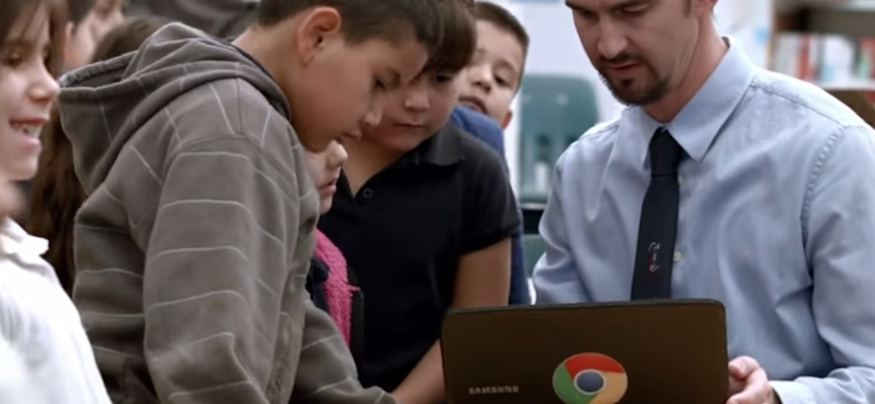Educators and school administrators are talking about a new paradigm in education: the flipped classroom. A flipped classroom follows a blended instructional model in which prerecorded lectures are viewed by students at home, and classroom time is reserved for the application and practice of these concepts.
As mobile devices and tablets are adopted into education systems, the flipped classroom model is beginning to catch on. According to a 2014 survey conducted by the Flipped Learning Network, 78 percent of teacher respondents had flipped at least one lesson in their classroom, and of those teachers, 96 percent would recommend this method to a colleague. Here’s how the flipped classroom model can benefit students.
Making the Most of Classroom Time
Students learn best when they’re stimulated. Rather than spending time explaining concepts, teachers can use valuable classroom time to help students apply those concepts in fun, understandable ways. For example, you can divide a class into small groups to discuss aspects of the previously viewed lecture materials and then present ideas to the larger class, do lab experiments so kids can see the principles discussed in action, group-edit student writing using the grammatical tools presented in the assigned videos, or have students debate what they saw in the videos they watched.
Students are expected to come to class having viewed a video or prerecorded lecture that explains the concept at hand. This is what makes the flipped classroom so powerful. It allows instructors to be available when students need them, rather than spending all of their time in class simply broadcasting information. Teachers can now guide learning and answer questions on the fly, and they can provide corrective feedback early on instead of waiting to find errors on a test.
Considerations for the Flipped Classroom
Before using the flipped classroom method, consider whether all students will have access to similar resources. The flipped classroom requires a high level of technology and Internet access, so it’s well-suited to 1-to-1 and BYOD environments where all students have technology they can use outside of school and reliable Internet access. However, if their only Internet access is in school or at a library, those students will be at a disadvantage in a flipped classroom setting. To level the playing field, if a flipped classroom model is adopted, all students should be provided with a Chromebook, tablet or other mobile device.
The Impact of Technology on Education
The Desert Sands Unified School District collaborated with Samsung with the mission of closing the achievement gap between students from varying socioeconomic backgrounds. They discovered that strengthening connections and letting students learn at their own pace could improve the learning experience for everyone, including teachers and parents.
Students are able to conduct research, collaborate and complete assignments right from their Samsung Chromebooks and at their own pace. In addition, the device management and security features ensure that students only access appropriate, applicable content. The teachers are able to assess the students’ performance in real-time and provide immediate, corrective feedback. And because learning doesn’t stop at the classroom, assessment information is recorded and provided to parents electronically for them to access from home.
Since the partnership began in 2011, Desert Sands has deployed more than 26,000 Chromebooks and more than 200 tablets to 29,000 students, almost achieving the 1-to-1 student computing goal, according to Kirsten Wright, an elementary school facilitator in the district. As a result, the school district has seen a significant rise in student-led learning and collaboration. Thanks to this technology, the school district is closer to closing the achievement gap among its student population.
Learn how Samsung Education closes the technology gap with 1-to-1 student computing solutions.







